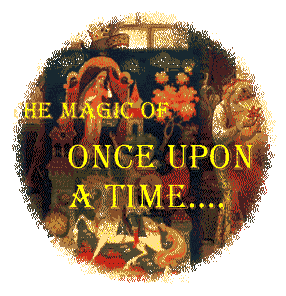Narrative Logo - Click for Main Menu Lecture VIII. The Socio-Economic Interpretation of Folktales
October 31 - November 6 In these sessions, we will begin investigating other methods for analyzing folk material - the socio-economic approaches. While all tales do not lend themselves to these techniques, a surprising number do!
Caption: Cover of old copy of Jungle Book by Kipling Harris makes some interesting assertions in his book about Cows and Witches. He argues that many times the myths made by cultures are oblique self-explanations. These myths-as-culture-models, he argues, serve to give an imaginative justification to habits and mores that have arisen out of environmental and economic forces. If we follow his reasoning in the analysis of other folk material that we have encountered, we might have to see the Trojan War as a trade disagreement and Paul Bunyan as a statement about resource management. Such thinking leads naturally into other observations about folk material and the societies that create it. You are now reading Jack Zipes, who is one of the leading theorists about the social and economic meaning of folk tales - and we will explore his ideas in the next two lessons. Assignment: From your work for your final project, bring in one story that could be analyzed as an economic statement about a society - and post it to the Discussion List.Nuts and bolts before we start-- Remember, we will be doing workshops sessions on the research and writing for your Final Research Assignment on the discussion boards each week. Bring your questions or problems, share ideas with fellow students!
Another Cinderella Story - can you believe it? The Real Story of Little Red Riding Hood The Wizardry of the Wizard of Oz Modern Collections and their Implications 1& 2
|

